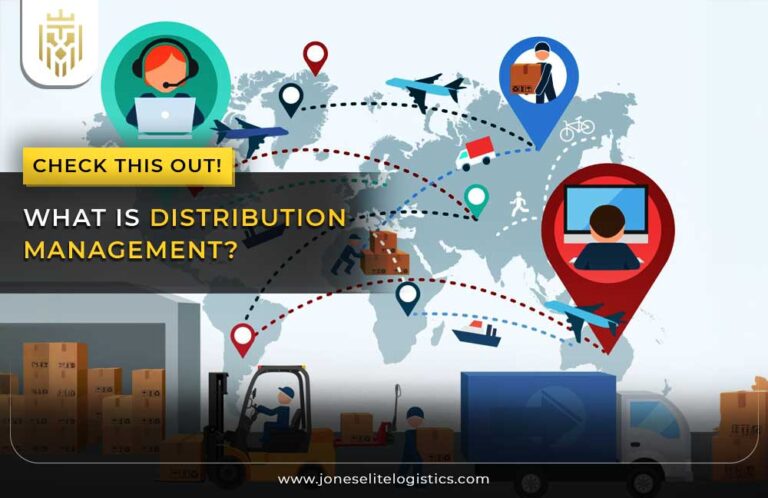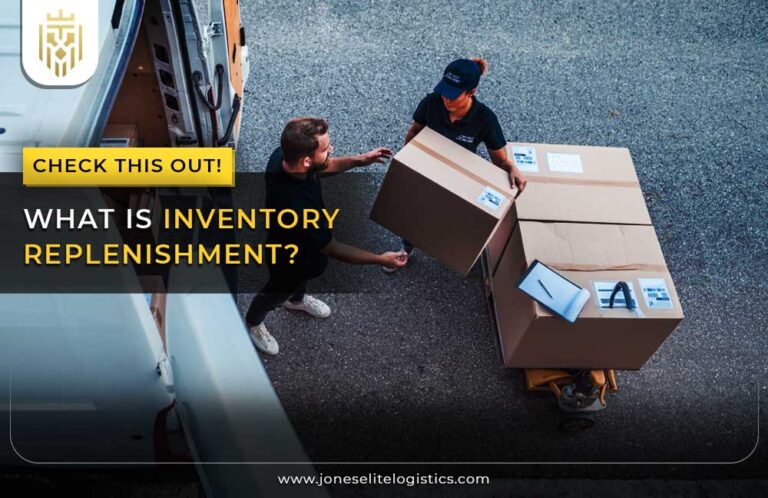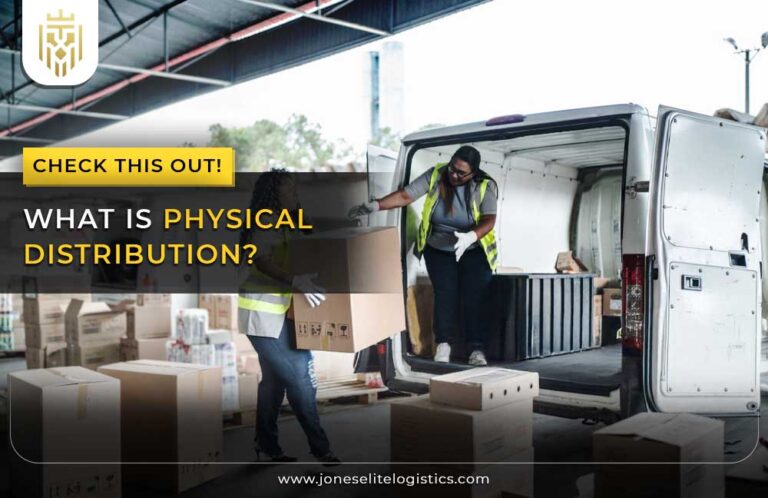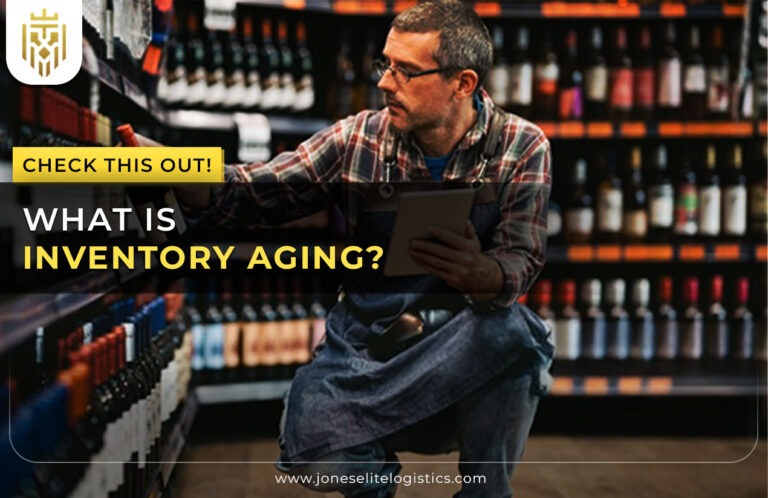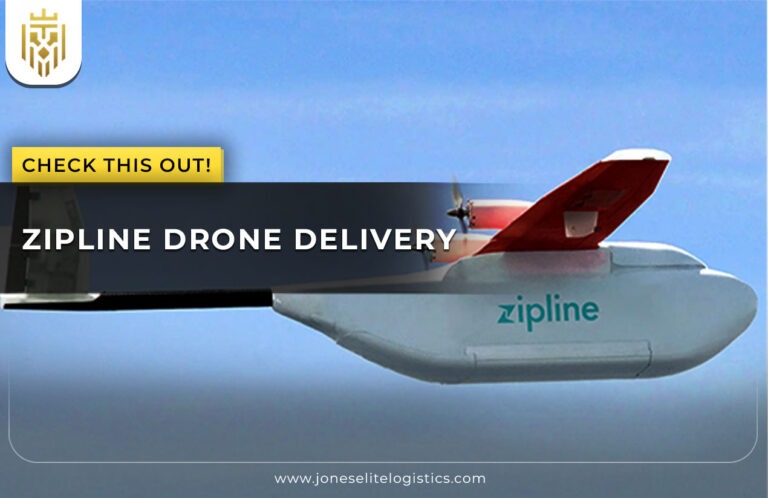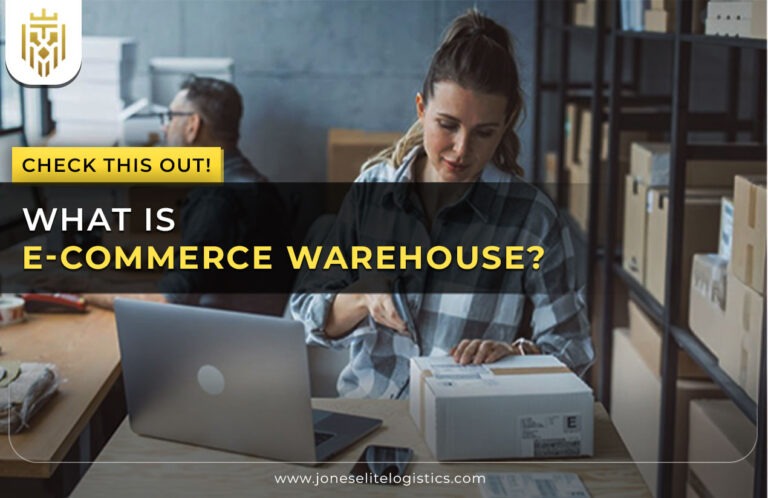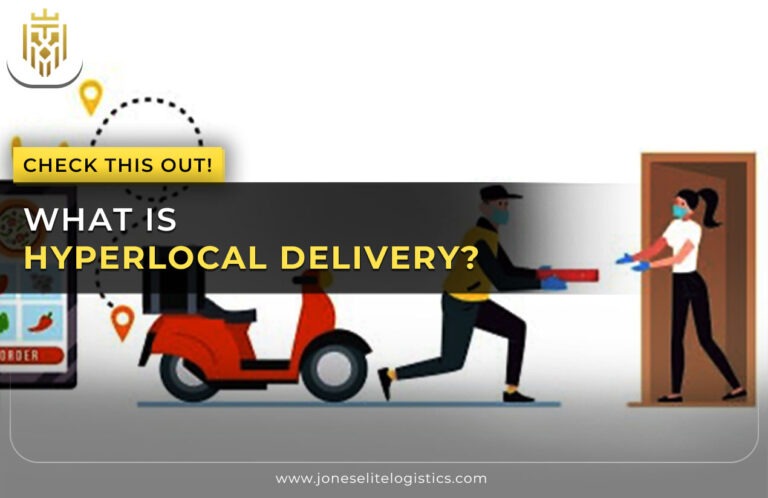E-commerce logistics entails the coordination of the supply and distribution of products bought over the Internet. It includes supply chain, inventory, warehouse, order fulfillment, shipping, and returns. Logistics service plays a crucial role in guaranteeing product delivery on time and cost-effectively while also improving customer experience. Other technological trends include combining advanced technologies such as AI, automation, and data analytics to enhance logistics services and meet the demand for faster and more reliable delivery.

Types Of E-Commerce Logistics:
The logistics of an e-commerce business can be divided into four types- in-house logistics, drop shipping, and 3PL. All types provide unique benefits and present specific problems for a particular e-commerce organization depending on the business strategy, size, and other operational factors. Firms have to select the right logistics strategy that enables them to achieve the three dimensions of supply chain management.
In-House Logistics:
In-house logistics is the situation where a company takes charge of the transportation, storage, and distribution of its products. This approach gives the firm more control of the supply chain to tailor its operations and possibly service levels. However, it is very capital-intensive in terms of infrastructure, technology, and manpower. It is usually appropriate for more significant online stores that can sustain such complexities successfully.
Dropshipping:
Drop shipping is a logistics model where the retailer does not take possession of the goods being sold. The third-party supply involves the dispatching of the customer order to a third-party supplier who then delivers the products ordered to the customer. This model minimizes inventory management and warehousing expenses and is suitable for startups and small companies. However, it provides limited control over the supply chain and causes problems in quality and delivery.
Third Party Logistics Providers:
Third-party logistics are outsourcing companies that offer services such as warehousing, fulfillment, and shipping for e-commerce companies. Working with 3PLs enables organizations to tap into professional third-party logistics providers’ knowledge and resources to enhance effectiveness and flexibility. This approach allows businesses to concentrate on primary functions such as advertising and sales but can also mean greater expenses and reduced control over the supply chain process.

Components of the Logistics E-Commerce Chain:
The e-commerce logistics chain can be divided into several key elements that are connected and contribute to the process of delivering products from suppliers to customers. Among them are suppliers, fulfillment centers, distribution centers, sorting centers, and shipping carriers.
Suppliers:
The suppliers are the people who deliver the raw materials or the finished products to the e-commerce business. They are the first parties in the logistics chain; they can be producers or suppliers. Managing suppliers optimizes the inputs required for production, affecting inventory and overall supply chain performance.
Fulfillment Centers:
Fulfillment centers are warehouses that are dedicated to the processing of orders for e-commerce transactions. They perform activities such as storing goods, picking orders, packing, and shipping the goods. Order fulfillment centers are responsible for efficient order fulfillment and can facilitate faster and more accurate delivery. They tend to make use of technologies like automation and robotics to increase efficiency.
Distribution Center:
Warehouses are used as a central point for the storage and delivery of the products to different locations. They are vital for handling stocks and guaranteeing that products are easily obtainable for rapid delivery. Distribution centers might be more concerned with the bulk handling and replenishment of stock at fulfillment centers or retail locations.
Sorting Centers:
Sorting centers are locations where parcels are sorted according to their intended recipients. These centers act as critical intermediaries in the supply chain by effectively coordinating the delivery of parcels. They make use of automated systems to speedily sort through the thousands of parcels received daily to ensure they are routed to the right shipping companies for actual delivery.
Shipping Carrier:
Shipping carriers are services that deliver the products from the fulfillment or sorting centers to the consumers. They provide diverse shipping services from normal shipping to express shipping services. The right shipping carriers reduce the risk of delays and damages, which affect customer experience and the success of online stores.

How does E-Commerce Logistics Works:
E-commerce logistics involves several stages: purchasing, storage, order fulfillment, packaging, delivery, and reverse logistics. In online ordering the order is forwarded to a facility where the product is selected, packed, and labeled. It then proceeds to a sorting station where it is arranged based on the destination. Then shipping carriers deliver the package to the customer’s location. During the process, real-time monitoring and reporting procedures keep the process on track and provide accountability.
Benefits of E-commerce Logistics:
The use of e-commerce logistics has many benefits such as increased speed of delivery, reduced expenses on operations, and efficiency in managing inventories. It improves customer satisfaction by ensuring timely and consistent deliveries, which might lead to more purchases and positive feedback. Another major advantage of advanced logistics solutions is scalability the possibility to expand the business and increase the number of orders without compromising the quality of service.

How to Choose the Right Type of E-Commerce Logistics for Your Business:
Choosing the right e-commerce logistics depends on several factors: the size of the business, budget, type of products, and delivery speed. Dropshipping may be advantageous for small businesses because there is little cost to doing business. More established companies with more capital might opt for maintaining their logistics for increased flexibility. Third-party logistics providers are best suited for companies that want to expand and have access to specialized services without having to commit significant resources to infrastructure. Determine your requirements, development potential, and client’s demands to make a decision.
How Jones Elite Logistics’ services differ from others:
Jones Elite Logistics provides its services in ways that benefit everyone involved. Making both national and international logistics seamless and sustainable with the implementation of suitable technological advancements, strategic partnerships, strong networks, and compliance with both national and international regulations. The team has only customer satisfaction in mind, as they strive to consistently stay ahead of even industry trends and refine operational methods.
Latest trends of E-Commerce Logistics:
Some of the current trends in e-commerce logistics involve the application of automation in warehouses. Artificial intelligence and machine learning are improving the accuracy of demand planning and replenishment. Other sustainable logistics practices like sustainable packaging and carbon-neutral delivery are on the rise. Delivery on the same day or the next day is no longer a luxury, but a necessity, as customers increasingly want faster delivery. Moreover, the use of blockchain technology is enhancing the visibility and safety of the supply chain.
FAQs
1. What is e-commerce logistics?
E-commerce logistics is the field associated with the organization of the physical processes of storing, delivering, and exchanging goods sold via the Internet, which includes supply management, warehousing, order fulfillment, distribution, and reverse logistics.
2. How does e-commerce logistics work?
The concept of e-commerce logistics involves the suppliers delivering the goods to the fulfillment centers, the orders being processed in the fulfillment centers, the sorting centers sorting the packages, and eventually, the carriers delivering the goods to the customers.
3. Latest trends in e-commerce logistics:
Trends include automation and robotics in warehouses, the use of AI for predictive analytics, environmentally friendly practices, faster delivery times, and the use of blockchain technology for supply chain transparency and security.
4. What are the components of e-commerce logistics?
These include suppliers, fulfillment centers, distribution centers, sorting centers as well as shipping carriers which are all important components of the supply chain.
5. What are the benefits of e-commerce logistics?
Advantages are faster delivery, lower transportation costs, increased customer satisfaction, better management of supply and demand, increased capacity, and greater predictability and accountability of order processing.


